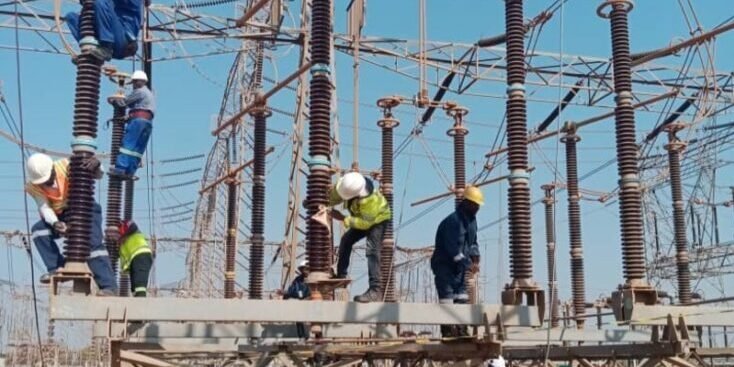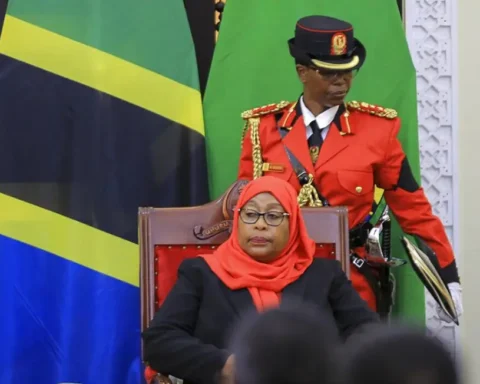Tanzania is taking a bold step toward becoming a key electricity supplier in the region, with ongoing discussions to export power to Zambia and potentially other neighboring countries.
The deal, once finalized, is expected to bring significant economic benefits while strengthening ties between the two nations.
Officials close to the talks say both sides are working toward a pricing agreement that will ensure a profitable return on investment. The price is anticipated to surpass what Tanzania currently pays to import electricity from Ethiopia, making this a promising venture for the country’s energy sector.
At the heart of this initiative is the Julius Nyerere Hydroelectric Project, a large-scale power plant that is expected to recover its costs within just four years thanks to the revenue from electricity exports. Industry insiders see this as a game-changer, not just for Tanzania but for the entire region.
The agreement is being facilitated through a joint Tanzanian-Zambian consortium, reflecting a growing trend of private-sector involvement in Africa’s power industry. If the deal goes through, it could serve as a model for future energy collaborations between African nations.
In a statement released on Saturday, March 22, 2025, Tanzania Electric Supply Company (Tanesco) confirmed that negotiations are in their early stages. Tanesco’s Business Development Manager, Magoti Mtani, expressed optimism, stating that increased electricity trade will strengthen the company’s financial standing and improve service efficiency.
“Tanesco has held discussions with its Zambian counterparts to explore opportunities for electricity trade in the Southern region,” Mr. Mtani said. “This initiative is expected to extend beyond Zambia, further boosting our financial capacity.”
Also Read; Putin Agrees to Pause Strikes After
Trump Call
Tanzania currently generates 3,431 megawatts (MW) of electricity, with hydro accounting for 58 percent, gas for 35 percent, and other renewable sources for 7 percent. The government aims to expand this capacity by an additional 2,463 MW by 2030, tapping into solar, wind, and geothermal energy.
This latest development aligns with Tanzania’s long-term vision of becoming a major player in Africa’s electricity market. The country is already part of regional electricity trading networks, and this new deal could open doors for even broader cooperation with other African nations.
Mr. Mtani also credited the administration of President Samia Suluhu Hassan for supporting strategic energy projects that are positioning Tanzania as a leader in the power sector. He emphasized that initiatives like this not only enhance Tanzania’s economic prospects but also contribute to regional energy security.
Meanwhile, officials on the Zambian side have echoed similar sentiments, seeing the deal as an opportunity to improve access to reliable electricity for businesses and households.
With negotiations still underway, both sides remain optimistic that an agreement will soon be reached—one that could reshape the energy landscape in Southern Africa for years to come.







